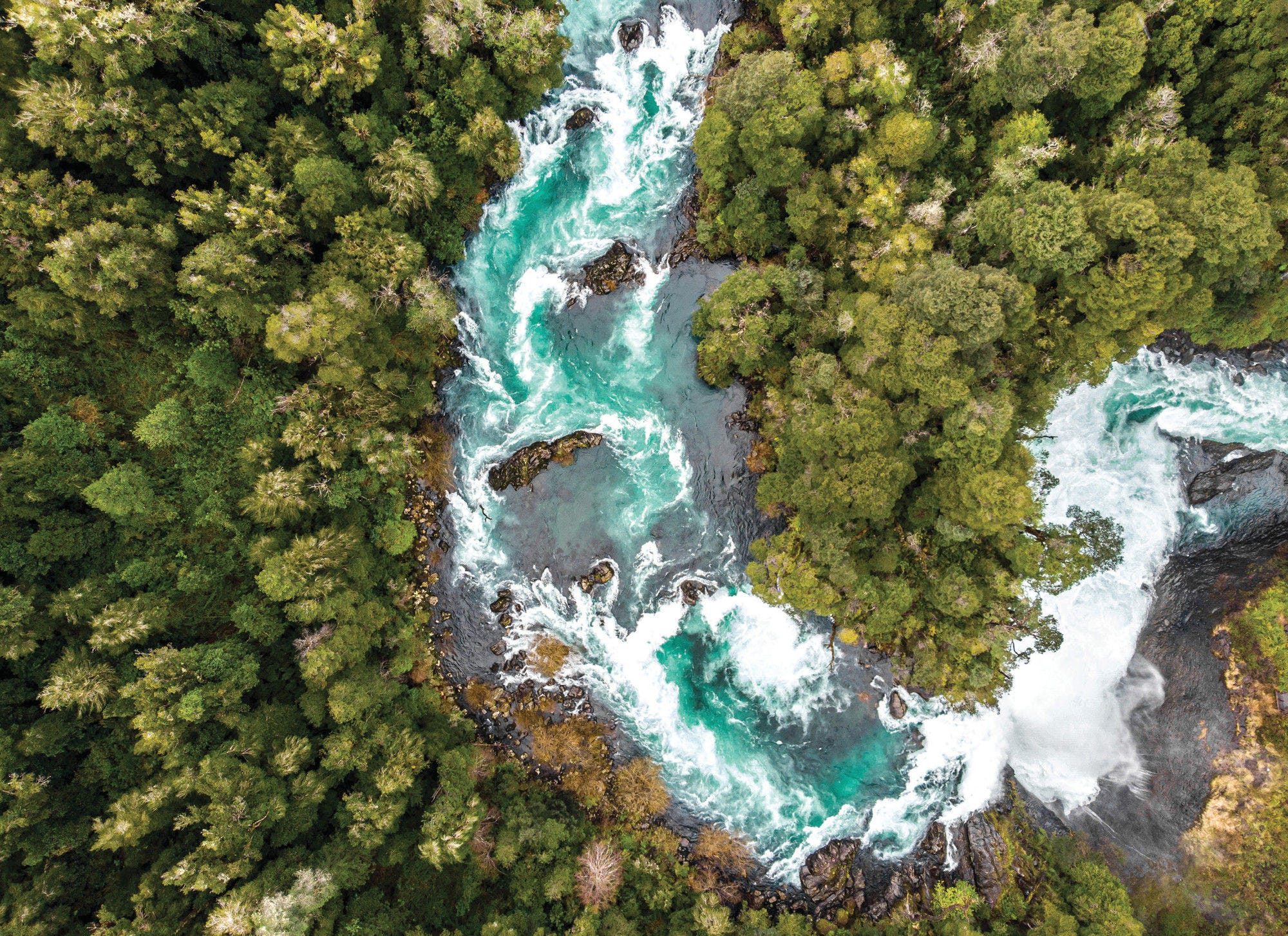Constant prices provide a truer idea of the volume of flows over time and are therefore used in this report. An adjustment has been made to cover both inflation in the donor’s currency between the year in question and the reference year, and (where applicable) changes in the exchange rate between that currency and the United States dollar over the same period.
A Decade of Development Finance for Biodiversity

Annex B. Dimensions of the analysis
Constant currency
Modalities covered
The Rio Markers should be used only for allocable flows, which are defined through a set of development co-operation modalities: sector budget support; core support to NGOs; support to specific funds managed by international organisations; pooled funding; projects; donor country personnel and other technical assistance; and scholarships in the donor country. The analysis therefore excludes flows under general budget support, core contributions to multilateral organisations, imputed student costs, debt relief operations, and in-donor administrative costs, development awareness activities and refugee costs.
Channel of delivery
The channel of delivery is the first implementing partner, typically public sector institutions (e.g. central government, local administration and public corporations in donor or recipient countries), NGOs and civil society (e.g. The Nature Conservancy), Public-Private Partnerships, or multilateral organisations. The CRS does not allow to track the use of these funds beyond this first implementing partner, which may be picked up by the project descriptions and titles.
Private finance mobilised by DAC countries’ ODF interventions
In the OECD DAC statistics, mobilisation is the stimulation by specific financial mechanisms and interventions of additional resource flows for development (OECD, 2021[1]). Data on the amounts of finance mobilised by DAC countries’ ODF interventions are collected through regular CRS data collection for syndicated loans, guarantees, shares in collective investment vehicles, direct investment in companies, credit lines, project finance and simple co-financing arrangements. The methodologies for reporting on amounts mobilised are defined instrument by instrument (OECD, 2018[2]), but overall reflect the principles of causality between private finance made available for a specific project and an official intervention, as well as pro-rated attribution as to avoid double counting in cases where more than one official provider is involved in a project mobilising private finance. The amounts mobilised from the private sector cover all private finance mobilised by ODF interventions, regardless of the origin of the private funds (provider country, recipient country, third country). Private finance mobilised for biodiversity is identified when the DAC member reporting used the Biodiversity Marker.
Recipient country analyses
The DAC list of ODA recipients for 2011-20 can be found in (OECD, n.d.[3]). The report looks at additional categories to the ones included in the CRS, namely:
Small Island Developing States (SIDS): over the period of analysis, there are 33 ODA-eligible SIDS (OECD, 2020[4]).
Biodiversity hotspots: there are 36 areas that qualify as biodiversity hotspots (Conservation International, n.d.[5]; CEPF, n.d.[6]), of which 31 concern ODA-eligible countries.
Megadiverse countries: there are 17 megadiverse countries, according to (UNEP-WCMC, 2020[7]), of which 15 are ODA-eligible.
Environmental fragility: using the OECD’s multidimensional fragility framework (OECD, 2020[8]), the degree of environmental fragility (minor, low, moderate, high and severe) measures vulnerability to climatic and health risks that affect livelihoods, as well as legal and social institutions to counterbalance such risks. As of 2020, it takes into account disaster risk, environmental performance (which includes biodiversity issues), food insecurity, government effectiveness, prevalence of infectious disease, rule of law, socio-economic vulnerability, strength of civil society and urbanisation. There are 21 ODA-eligible countries with low, 42 with moderate, 20 with high and 40 with severe environmental fragility.
References
[6] CEPF (n.d.), Explore the Biodiversity Hotspots, https://www.cepf.net/our-work/biodiversity-hotspots (accessed on 20 April 2022).
[5] Conservation International (n.d.), Biodiversity Hotspots, https://www.conservation.org/priorities/biodiversity-hotspots (accessed on 20 April 2022).
[1] OECD (2021), Development Co-operation Report 2021: Shaping a Just Digital Transformation, OECD Publishing, Paris, https://doi.org/10.1787/ce08832f-en.
[4] OECD (2020), SIDS factsheet, https://www.oecd.org/dac/financing-sustainable-development/development-finance-topics/SIDS-factsheet.pdf.
[8] OECD (2020), States of Fragility, https://www3.compareyourcountry.org/states-of-fragility/about/0/.
[2] OECD (2018), “Converged statistical reporting directives for the creditor reporting system (CRS) and the annual DAC questionnaire.”, DCD/DAC/STAT(2018)9/ADD1/FINAL, https://one.oecd.org/document/DCD/DAC/STAT%282018%299/ADD1/FINAL/en/pdf (accessed on 20 April 2022).
[3] OECD (n.d.), DAC List of ODA Recipients, https://www.oecd.org/dac/financing-sustainable-development/development-finance-standards/daclist.htm (accessed on 19 April 2022).
[7] UNEP-WCMC (2020), Megadiverse Countries, https://www.biodiversitya-z.org/content/megadiverse-countries (accessed on 2022).